Snapchat is looking to fight Facebook and others for one of the biggest categories of mobile advertising: app-installation ads.
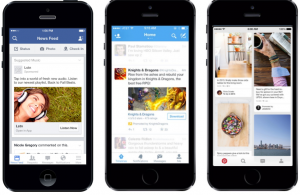 After introducing directly-sold app-install ads earlier this year, the messaging app is talking with direct-response specialists about giving them access to its ads API, or application programming interface, in the first half of next year, according to people familiar with the effort. It introduced its ads API in June with a limited set of partners that focused on campaigns with broad brand objectives. The ability to buy app-install ads through the API makes such campaigns easier to manage.
After introducing directly-sold app-install ads earlier this year, the messaging app is talking with direct-response specialists about giving them access to its ads API, or application programming interface, in the first half of next year, according to people familiar with the effort. It introduced its ads API in June with a limited set of partners that focused on campaigns with broad brand objectives. The ability to buy app-install ads through the API makes such campaigns easier to manage.
Snapchat also is building a self-serve ad product so brands can set up their own campaigns instead of going through a third-party ad partner or Snapchat’s sales team, the people said, speaking on condition of anonymity to discuss plans that haven’t been disclosed.
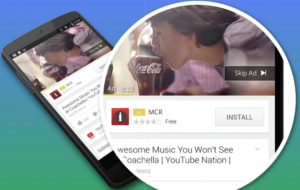 A Snapchat spokesman confirmed that it is testing support for app-install ads in its API but declined to elaborate.
A Snapchat spokesman confirmed that it is testing support for app-install ads in its API but declined to elaborate.
Ads encouraging consumers to install new apps on their smartphones are a major component of mobile ad revenue, as high as 25% according to a Business Insider Intelligence report this summer.
When the micro-investing app Acorns looks for new customers, most of its marketing money winds up with Facebook, where it runs highly targeted download campaigns. Recently, however, it started spreading the ad dollars around and invested in Snapchat, where early tests show it could rival the social network in generating new customers.
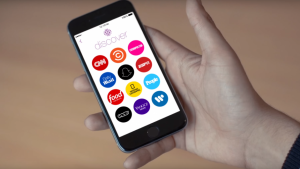 Manning Field, Acorn’s chief commercial officer, said it started trying app ads on Snapchat a month ago, finding 40% higher install rates than Facebook.
Manning Field, Acorn’s chief commercial officer, said it started trying app ads on Snapchat a month ago, finding 40% higher install rates than Facebook.
“We were looking to expand and ad products in Snapchat were becoming more mature,” Mr. Field said.
Acorns is also trying out Pinterest and Reddit as channels for customer acquisition, Mr. Field said. So the competition for such marketers is only growing. And they are quick to shift money if results in the form of downloads don’t meet expectations.
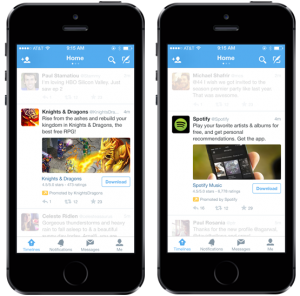 Snapchat first catered to the big brands as it introduced its ads API because their creative is considered more elevated, and perhaps more welcome among consumers. Direct marketing has always been associated with a lower quality of advertising, more about the hard sell and targeting than storytelling.
Snapchat first catered to the big brands as it introduced its ads API because their creative is considered more elevated, and perhaps more welcome among consumers. Direct marketing has always been associated with a lower quality of advertising, more about the hard sell and targeting than storytelling.
But direct marketing in the form of app-install ads is a must if Snapchat wants to become a true rival to Facebook and Google. It requires even more sophisticated targeting and retargeting ad offerings than Snapchat has released to date. Tactics such as retargeting, showing consumers ads based on what they’ve seen elsewhere in their digital travels, have been called creepy by Evan Spiegel, CEO of Snapchat parent Snap Inc.
“Their plan is to be strong in brand advertising and direct response,” said one ad tech executive who has been in talks with Snapchat and discussed those talks on the condition of anonymity. “There is concern that they are blocking the very thing that makes advertising work, which is retargeting.”
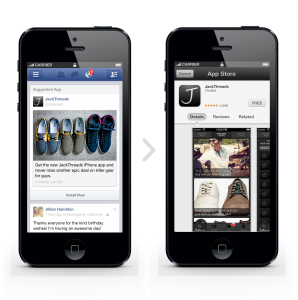 Even with Snapchat’s limited targeting technology, brands like Acorns and the video-streaming service Fullscreen reported success with their first rounds of app-install campaigns.
Even with Snapchat’s limited targeting technology, brands like Acorns and the video-streaming service Fullscreen reported success with their first rounds of app-install campaigns.
“There’s so much potential for Snapchat,” said Emily Yaghoubian, Fullscreen’s mobile media manager. “We recently started targeting using lookalikes, negative targeting, and interest-based targeting.”
Lookalike marketing allows brands to go after consumers with similar attributes to their customer base. Negative targeting blocks a marketer’s ads from people who are already customers.
Fullscreen said Snapchat targeting reduced its cost per installation by 25% because it meant more installations on the same amount of ad spending.
For Acorns, pricing was higher than what the company sees on Facebook, but the premium price came with the higher download rate.
On Snapchat, users swipe up to download an app. On Facebook and elsewhere, the action is a tap.
“Our hypothesis is that the swipe interaction versus the tap-and-click is more engaging,” Mr. Field said. “Within the first two weeks we were really close to Facebook-like efficiency.”
Source: Ad Age

You must be logged in to post a comment Login